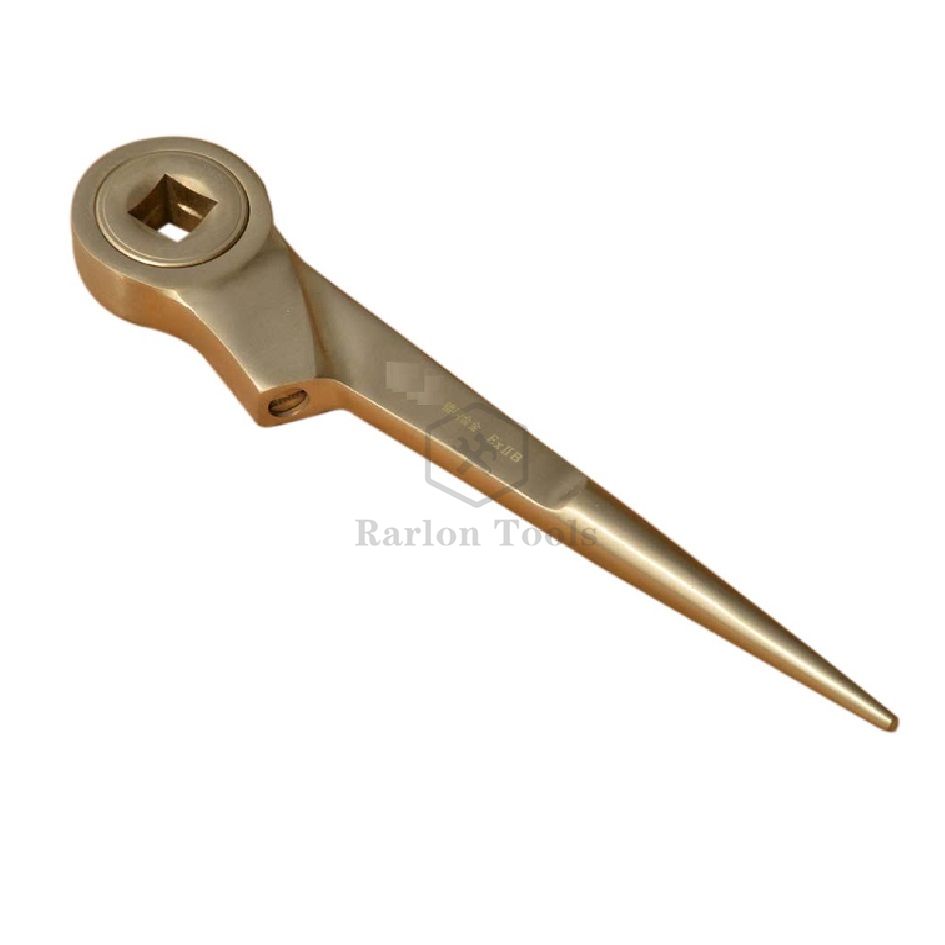Explosion-proof tools, also known as safety tools, are mainly used inflammable and explosive places. The friction between the tool and the work object does not produce sparks when impacted, effectively preventing flammable explosions.
The explosion-proof mechanism of explosion-proof tools (explosion-proof materials) is mainly determined by the characteristics of the material itself. The main material of explosion-proof tools is copper, and the thermal conductivity of copper is very good.
Why the impact and friction of ordinary steel tools will produce sparks (the burning of tiny metal particles), mainly because the steel contains high carbon. During friction and impact, the heat accumulated in a short time cannot be absorbed and conducted in time. The heat is concentrated on the tiny metal particles generated during friction and impact, and the splash is sparked (particle combustion). As the speed of friction or impact and the degree of contact are different, the number and size of sparks are also different. For example, when we grind metal with a grinder, a lot of sparks are generated, and when we use a file to file metal, we can hardly see sparks.

The difference between explosion-proof tools and ordinary tools
The explosion-proof performance of the explosion-proof tool mainly comes from its manufacturing material. The chemical composition of the material (electrolytic copper) used is ≥99.7%, and the impurity composition of other alloy materials is ≤0.05%. After the material is synthesized (Cu+Be+Co+Ni99.5 %), and then do the drop weight test and friction test in the gas (21% hydrogen) in the gas without sparks or detonation gas, which is called explosion-proof material. The tools made of this material are called explosion-proof tools. The hardness of the explosion-proof tools is above HRC35 degrees. The spark of the tool comes from the impurity component of the tool material. For example, if the impurity of the chemical composition of the material exceeds 0.05%, the impurity will generate impact spark and detonate the gas. Such a tool is not called an explosion-proof tool.
Explosion-proof tools (explosion-proof materials) are different from ordinary steel tools. Due to the good thermal conductivity of copper and almost no carbon, the heat generated in a short time is absorbed and transmitted when the tool rubs or strikes an object. Another reason Because copper itself is relatively soft, it has good concessions during friction and impact, and it is not easy to produce tiny metal particles, so we can hardly see sparks.
The above information is provided by an explosion-proof tools manufacturer.